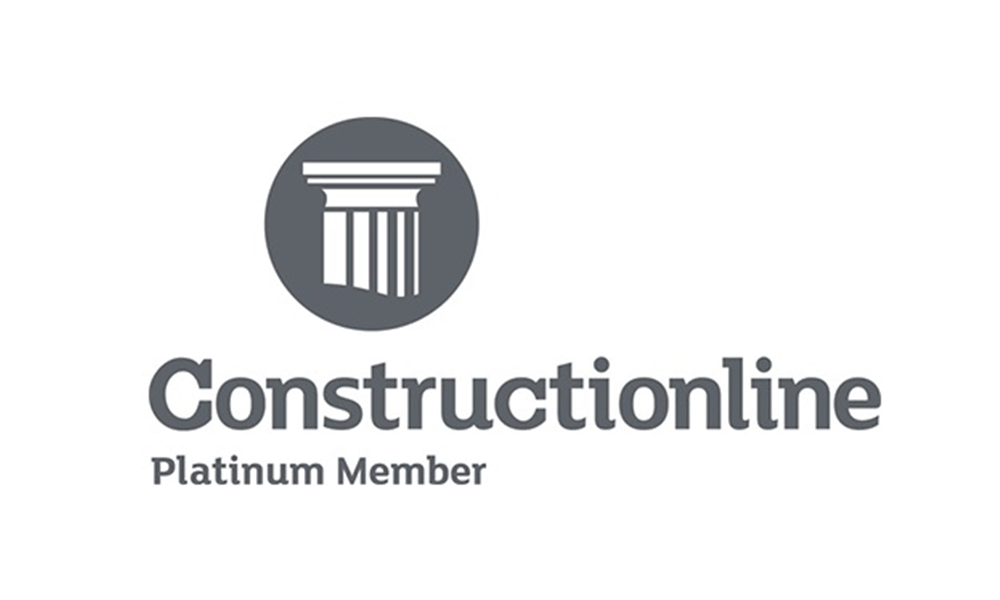The pain and suffering experienced up and down the country caused by the recent floods have put the issue of sustainable construction to the fore. What exactly is it and how can Pexhurst help with your project?
Pexhurst always aims to achieve sustainable construction by:
- Reducing construction, demolition and excavation waste to landfill.
- Reducing carbon emissions from construction processes and associated transport.
- Ensuring the products used in construction are responsibly sourced.
- Reducing water usage during the construction process.
Many clients are recognising the benefits of such an approach. Lower running costs improved working and living environments and progress towards corporate and organisational environmental objectives are just some of the reasons for going green.
BREEAM (BRE Environmental Assessment Method) is the most widely used environmental assessment method for buildings. It sets the standard for best practice in sustainable design and operation and has become the de facto measure used to describe a building’s environmental performance.
BREEAM addresses wide-ranging environmental and sustainability issues and enables developers and designers to prove the environmental credentials of their buildings to planners and clients. It uses a straightforward scoring system that is transparent, easy to understand and supported by evidence-based research and has been found to have a positive influence on the design, construction and management of buildings.
Flood resilient construction is one part of the sustainability agenda. Any news bulletin in recent weeks has graphically illustrated how flooding threatens life and causes substantial damage to property. Although planning policy avoids inappropriate new development in flood risk areas and directs development away from areas at highest risk, in order to maintain services or sustain communities, some development will be necessary for places that may flood.
Where construction is appropriate, it is important to build in order to minimise flood damage, as part of a package including flood awareness, warning and emergency planning. It is possible, using resilience measures as integral components of the building and/or inside the building, to reduce the risk of flood damage by careful selection of building materials, construction techniques and internal finishes.
The use of appropriate resilience measures can also speed up recovery and repairs. This can only be achieved with careful design and good quality workmanship. Reoccupation of the building can then take place more quickly after a flood because less time, effort and cost will be required to repair the damage.










